Luiz Paulo Favero - Data Science, Analytics and Machine Learning with R
Here you can read online Luiz Paulo Favero - Data Science, Analytics and Machine Learning with R full text of the book (entire story) in english for free. Download pdf and epub, get meaning, cover and reviews about this ebook. City: London, year: 2023, publisher: Academic Press, genre: Computer / Science. Description of the work, (preface) as well as reviews are available. Best literature library LitArk.com created for fans of good reading and offers a wide selection of genres:
Romance novel
Science fiction
Adventure
Detective
Science
History
Home and family
Prose
Art
Politics
Computer
Non-fiction
Religion
Business
Children
Humor
Choose a favorite category and find really read worthwhile books. Enjoy immersion in the world of imagination, feel the emotions of the characters or learn something new for yourself, make an fascinating discovery.

- Book:Data Science, Analytics and Machine Learning with R
- Author:
- Publisher:Academic Press
- Genre:
- Year:2023
- City:London
- Rating:4 / 5
- Favourites:Add to favourites
- Your mark:
Data Science, Analytics and Machine Learning with R: summary, description and annotation
We offer to read an annotation, description, summary or preface (depends on what the author of the book "Data Science, Analytics and Machine Learning with R" wrote himself). If you haven't found the necessary information about the book — write in the comments, we will try to find it.
Data Science, Analytics and Machine Learning with R explains the principles of data mining and machine learning techniques and accentuates the importance of applied and multivariate modeling. The book emphasizes the fundamentals of each technique, with step-by-step codes and real-world examples with data from areas such as medicine and health, biology, engineering, technology and related sciences. Examples use the most recent R language syntax, with recognized robust, widespread and current packages. Code scripts are exhaustively commented, making it clear to readers what happens in each command. For data collection, readers are instructed how to build their own robots from the very beginning.
In addition, an entire chapter focuses on the concept of spatial analysis, allowing readers to build their own maps through geo-referenced data (such as in epidemiologic research) and some basic statistical techniques. Other chapters cover ensemble and uplift modeling and GLMM (Generalized Linear Mixed Models) estimations, both linear and nonlinear.
Luiz Paulo Favero: author's other books
Who wrote Data Science, Analytics and Machine Learning with R? Find out the surname, the name of the author of the book and a list of all author's works by series.



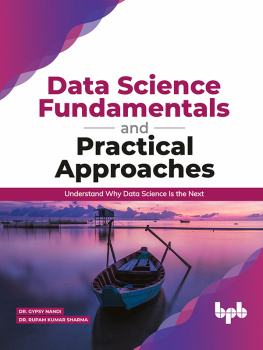
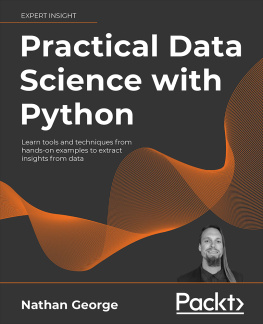
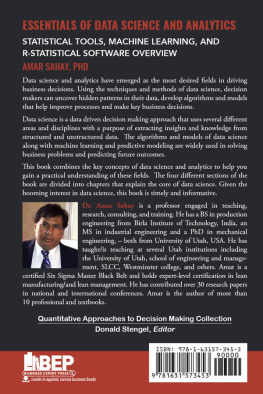
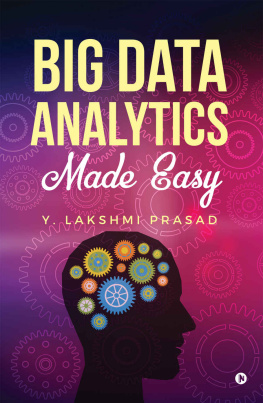
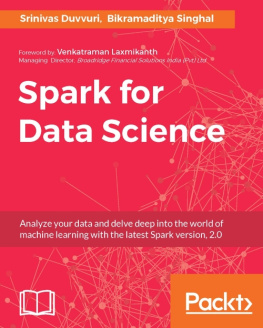
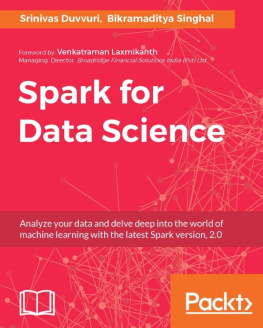
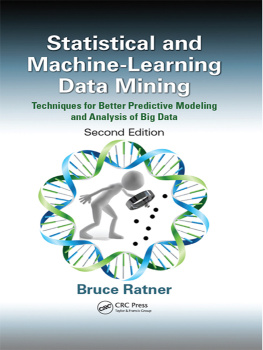


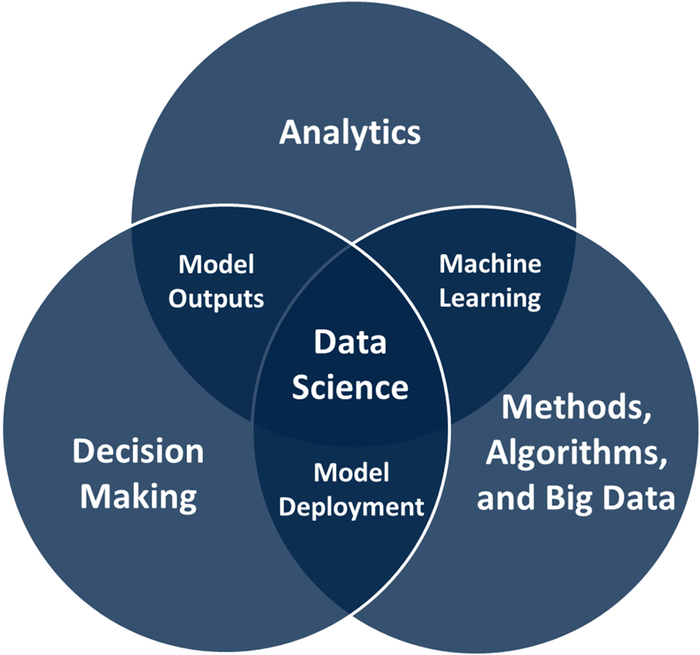 ).
).